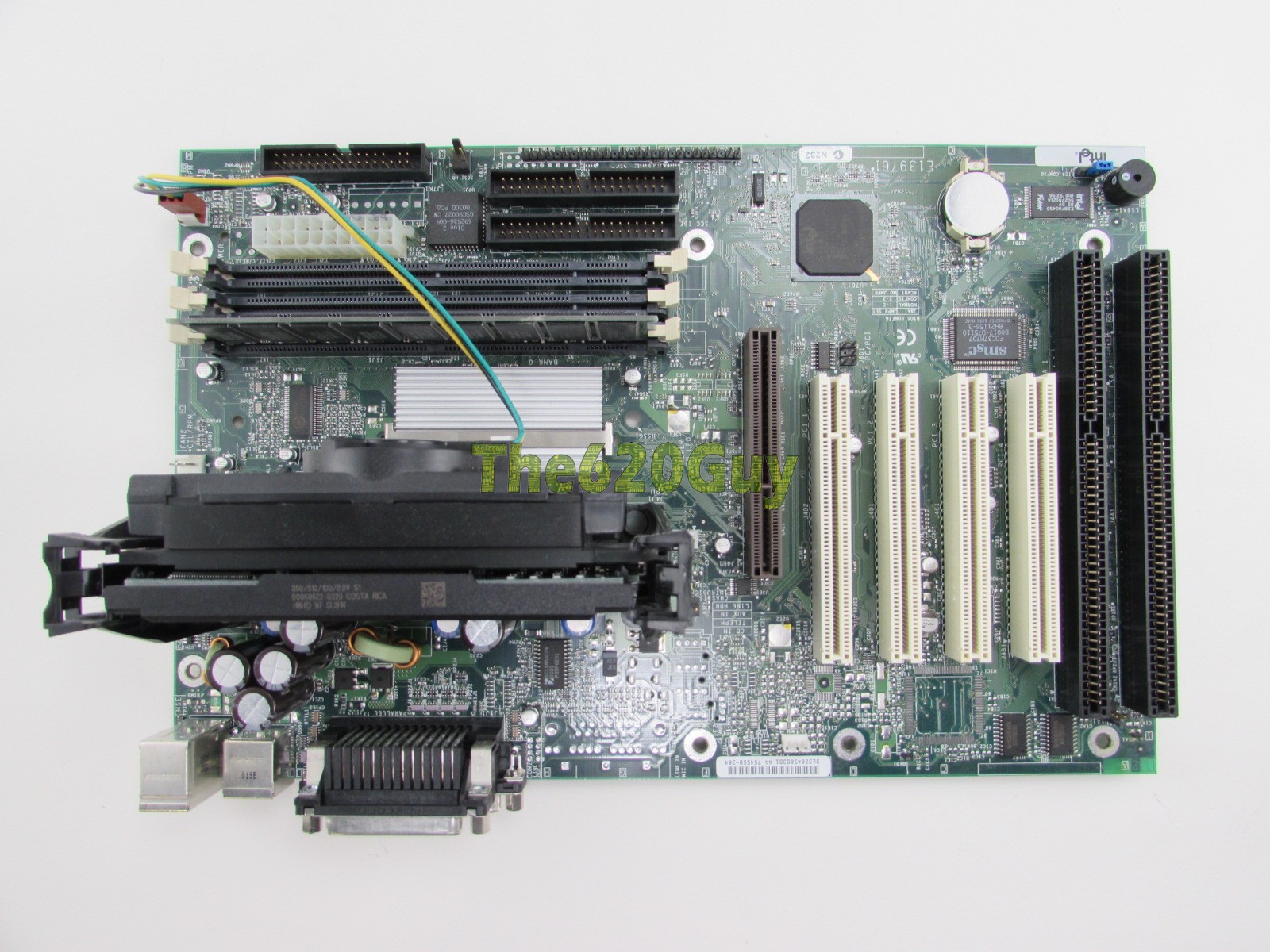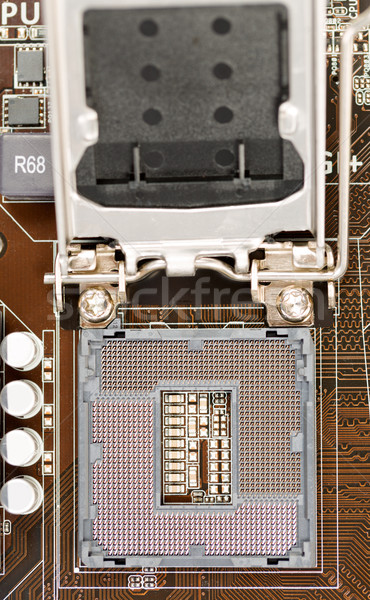Slot A Processor
- Slot A Processor
- Amd Slot A Processor
- Slot Processor Photography
- Slot A Processor System
- Slot Processor Adalah
- Slot A Processor Vs

Home > Articles > Hardware
Slot A Processor
␡- Chapter 3: Microprocessor Types and Specifications
Slot A is mechanically compatible but electrically incompatible with Intel's Slot 1. As a consequence, Slot A motherboards were designed to have the connector's installed orientation be rotated 180 degrees relative to Slot 1 motherboards to discourage accidental insertion of a Slot 1 processor into a Slot A motherboard, and vice versa. Buying a processor can seem like a really dense, difficult thing to penetrate. With any hope, this article helped make things at least slightly clearer – if not, don’t hesitate to let me know. Let me know what processor you’re using or what you plan on upgrading to in the comments. I’m interested in hearing about it! Yes; though probably not in the way you are asking to do it. Any CPU added in a PCIe slot is going to be an independent computer that happens to be networked into your motherboard over the PCIe slot.

Amd Slot A Processor
Microprocessors


Slot Processor Photography
The brain or engine of the PC is the processor (sometimes called microprocessor), or central processing unit (CPU). The CPU performs the system's calculating and processing. The processor is easily the most expensive single component in the system, costing up to four or more times greater than the motherboard it plugs into. Intel is generally credited with creating the first microprocessor in 1971 with the introduction of a chip called the 4004. Today Intel still has control over the processor market, at least for PC systems. This means that all PC-compatible systems use either Intel processors or Intel-compatible processors from a handful of competitors (such as AMD or Cyrix).
Intel's dominance in the processor market had not always been assured. Although Intel is generally credited with inventing the processor and introducing the first one on the market, by the late 1970s the two most popular processors for PCs were not from Intel (although one was a clone of an Intel processor). Personal computers of that time primarily used the Z-80 by Zilog and the 6502 by MOS Technologies. The Z-80 was noted for being an improved and less expensive clone of the Intel 8080 processor, similar to the way companies today such as AMD, Cyrix, IDT, and Rise Technologies have cloned Intel's Pentium processors. In that case though, the clone had become more popular than the original.
Slot A Processor System
Back then I had a system containing both of those processors, consisting of a 1MHz (yes, that's 1, as in 1MHz!) 6502-based Apple main system with a Microsoft Softcard (Z-80 card) plugged into one of the slots. The Softcard contained a 2MHz Z-80 processor. This allowed me to run software for both types of processors on the one system. The Z-80 was used in systems of the late 1970s and early 1980s that ran the CP/M operating system, while the 6502 was best known for its use in the early Apple computers (before the Mac).
The fate of both Intel and Microsoft was dramatically changed in 1981 when IBM introduced the IBM PC, which was based on a 4.77MHz Intel 8088 processor running the Microsoft Disk Operating System (MS-DOS) 1.0. Since that fateful decision was made, PC-compatible systems have used a string of Intel or Intel-compatible processors, each new one capable of running the software of the processor before it, from the 8088 to the current Pentium III/Celeron and Athlon/Duron. The following sections cover the different types of processor chips that have been used in personal computers since the first PC was introduced almost two decades ago. These sections provide a great deal of technical detail about these chips and explain why one type of CPU chip can do more work than another in a given period of time.
Slot Processor Adalah
Related Resources
Slot A Processor Vs
There are currently no related titles. Please check back later.